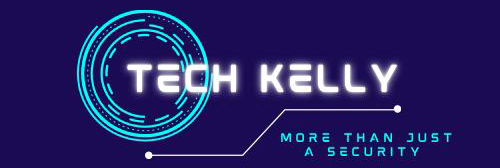Microsoft and OpenAI joined forces because Microsoft was jealous of Google.
Microsoft and OpenAI partnered because of Google jealousy.
I guess you could say that the history of AI can be linked back to fear, greed, and a strong desire to make money. The first news about the emails released in the DOJ’s antitrust case against Google came from Business Insider. They show Microsoft officials being worried and jealous of Google’s AI lead. That created a sense of urgency that led Microsoft to spend its first billion dollars on OpenAI, a partner that is now essential to the company.
Microsoft CEO Satya Nadella sends a long message from CTO Kevin Scott to CFO Amy Hood in a 2019 email thread called “Thoughts on OpenAI.” The message has been highly censored. Nadella wrote, “Very good email that explains why I want us to do this… and also why we will then make sure our infrastructure folks do it.”
Scott wrote that he was “very, very worried” about how quickly Google’s AI skills were growing. He says he at first didn’t believe the company’s “game-playing stunts,” which are probably references to Google’s AlphaGo models. They all beat Ke Jie, the Go World winner, in 2017. At the time, it was a big deal. (Google’s newer models were better than that one, so they didn’t need any training at all.)

However, Scott says that ignoring Google’s progress in making games “was a mistake.” “I began to take things more seriously when they used all the tools they had created to create [natural language] models that were hard for us to copy,” Scott wrote. “I became very, very worried as I looked into what Google and we didn’t do well enough when it came to learning how to train models.”
Scott talks about how hard it was for Microsoft to copy Google’s BERT-large, an AI model that figures out what words mean and how they fit together in a sentence. Scott said that Microsoft was to blame because its competitor had made big changes to its systems while Microsoft hadn’t.
“It turns out that it wasn’t easy for us to just copy BERT-large.” “Our infrastructure wasn’t up to the task, so even though we had the model’s template, it took us about 6 months to train the model,” the Microsoft CTO wrote. “Google had BERT for at least six months before that, so they had a year to calculate how to put it into production and move on to bigger, more attractive models while we were still setting together the tools to train a 340M parameter model.”
He also admired and wished he had Google’s Gmail auto-complete feature, which he called “getting scarily good.” He said that Microsoft was “many years behind the competition in terms of ranking for device learning.” His views on the “interesting” rise of OpenAI, DeepMind, and Google Brain were transferred.
Scott talked about how “very smart” the people on Microsoft’s machine-learning teams were, but he also said that their goals had been lowered. “But the core deep learning teams within each of these bigger teams are very small, and their goals have been limited. This means that even as we start to give them resources, they still need to learn how to scale up,” Scott wrote. “And when it comes to ML scale, we are years behind the competition.”
The company did what its CEO wanted after Hood told him that Scott’s worries were “why I want us to do this,” which meant investing in OpenAI. In 2019, Microsoft put a billion dollars into the startup led by Sam Altman. Since then, things have been changing quickly. (It has now put $13 billion into it.) Even though it does amazing things, this technology could destroy the job market and give propagandists their most powerful tools to date in a time when fake news was already common.


Comments are closed.